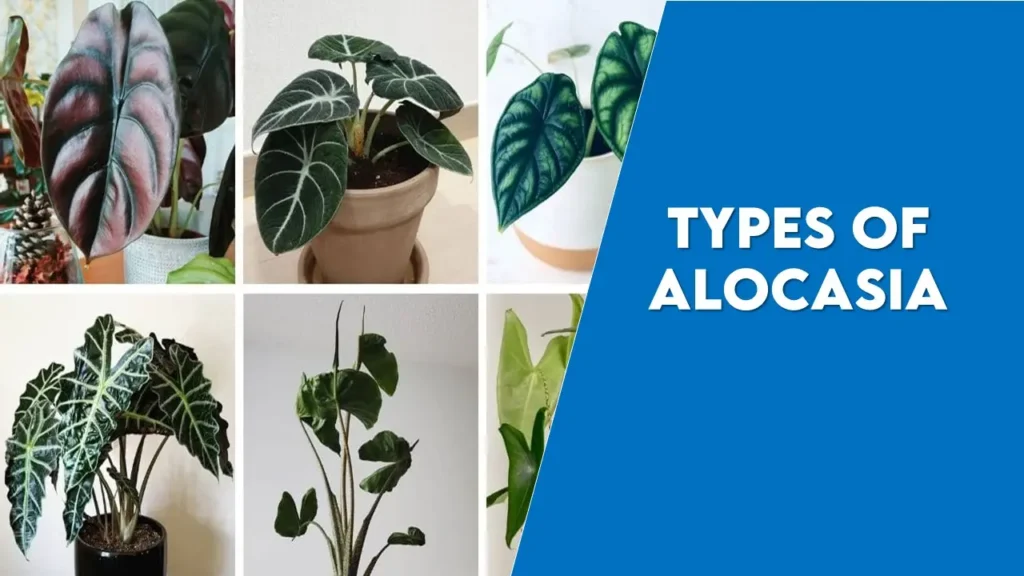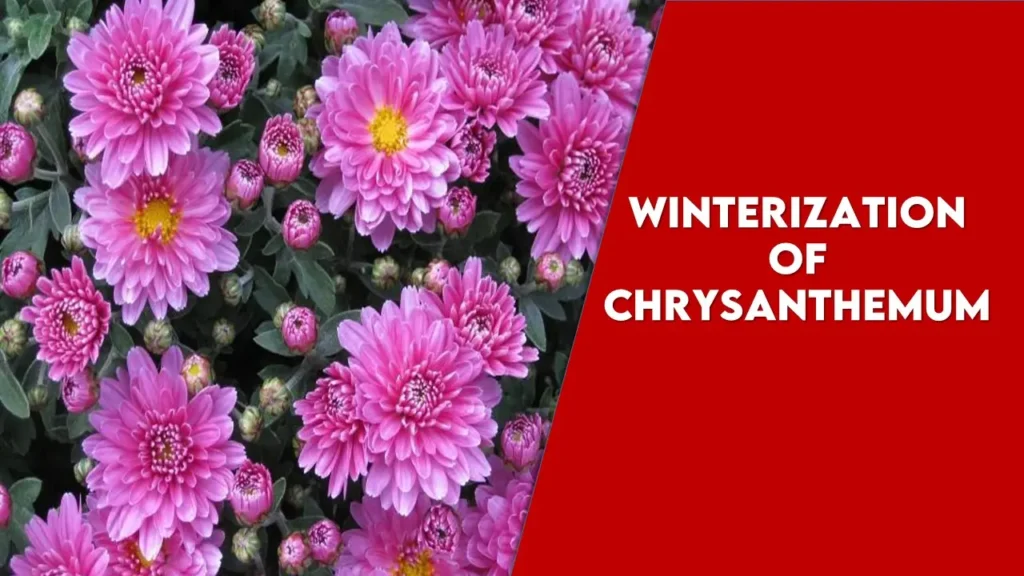8 Tips on how to make spider plant bushy
how to make spider plant bushy- Despite its creepy-crawly nature, the graceful spider plant should not be avoided by plant lovers. This arching plant is ideal for new gardeners. Spider plants are not only easy to care for, but they also look lovely as a hanging or tabletop plant. What’s not to appreciate about something that’s both wonderful for your appearance and good for you?
The spider plant, also known as Chlorophytum comosum or spider ivy, gets its name from the way it grows young plants from trailing branches and resembles a spider. These plants are a wonderful addition to any indoor jungle because of their air-purifying properties and distinctive green and white, almost ribbon-like foliage. They can also be grown outdoors. These plants are originally native to tropical and southern Africa, but they thrive all over the world and make great houseplants for homes in a variety of climates. In the warmer months, you might even see these plants branch out and bloom small white flowers! Care for spider plants in the home is really simple. However, you’ll like to be sure to try and adhere to these care instructions if you want your spider plant to truly develop and be healthy.
About SPIDER PLANTS
Let me introduce the star of this article- Spider plant.
| Common Names | Spider ivy, spider plant, or ribbon plant |
| Botanical Name | Chlorophytum comosum |
| Plant Type | – Perennial – Herbaceous |
| Sun Exposure | – spider plants grow healthy with bright indirect light. – They can also tolerate some direct sunlight. – Spider plant grows bushier when it receives light for 12 hours per day. |
| Ideal Temperature | – During the day, spider plants thrive in temperatures between 18°C and 32°C – At night, about 10 to 12 °C |
| Soil pH For Spider Plants | 6.0 to 6.5 |
| Bloom Time | – At least three weeks – Generally, the flowering period indoors may happen in spring or summer. |
| The Ideal Soil For Making a Spider Plant Bushier | The ideal soil for making a spider plant bushier is loamy, well-drained, and moist |
| Spider Plants Requirements | – Even though it doesn’t require fertilizer, proper fertilization of spider plants is essential |
| Spider Plants Flower Color | White |
Easy Tips on how to make spider plant bushy
The spider plant’s bushiness enhances its beauty whether it is grown indoors or outside. To make them look more beautiful, the pots in which they are served must be covered with foliage. There is a risk that the spider plants will occasionally grow lanky, leaving plenty of space in the containers. I can share you some simple suggestions to make the spider plants bushy and to fill the pot spaces.
1. PROPAGATING SPIDER PLANT BABIES (SPIDERETTES) TO MAKE IT BUSHY
One of the simplest plants to reproduce is the spider plant. Spider plants naturally develop long stems that bloom during the growing season. Those blossoms eventually develop into offsets, which are young spider plants. You can cut the spider plant pops from the mother plant’s stem once they are at least an inch tall. After that, plant them in soil or water until roots begin to grow. You can replant them into the mother plant once they develop roots that are at least an inch tall to fill in the spaces and give the plant a dense, bushy appearance. They will relax into their new home after receiving some thorough watering.
If your spider plants have not yet started producing spiderettes, don’t worry! You can grab some inexpensive baby spider plants from the shop and plant in the vacant spaces of the pot.

2. PRUNING FOR BUSHY SPIDER PLANT
You can help prune your spider plant to promote a rounder, bushier shape rather than a stretched-out plant, just like you’d do with an outdoor hedge or tree. Particularly in the spring and summer, spider plants grow quite swiftly. By removing any yellow or dead leaves from your spider plant, you may give it a light trim and help keep unwanted bugs away. To make the plant appear healthy, also remove the tips of the brown leaves. Don’t be afraid to prune them severely. They’ll recover better for it when they grow back. Only thing is to use sterilized scissors to prune.

3. REPOTTING OF SPIDER PLANTS TO MAKE IT BUSHY
It’s time to repot your snake plants if you’ve noticed stunted development! Hold the middle of your spider plant with a gentle hand once its soil has slightly dried. This should make it simple to remove it from its pot. Verify the roots to see if they appear compressed. Repotting the plant is usually necessary when the roots have completely adapted to the form of the pot. Plant the roots into a new, larger pot with fresh potting soil for indoor plants after giving the roots a little shake. Repotting the plant will encourage new growth and restore the bushiness of your spider plant.

4. IDEAL LOCATION FOR BUSHY SPIDER PLANT
Spider plants will thrive in a variety of environments, but they need bright, indirect light and a little humidity. They look great as décor in whatever vacant space you may have in your home because they adore hanging planters and tabletop pots. The spider plant thrives in a range between 18°C and 32°C. The spider plant will probably be a fantastic plant for you no matter where you are because they can thrive in temperatures as low as 2°C.
5. IDEAL SUNLIGHT FOR BUSHY SPIDER PLANT
The spider plant won’t mind if you just have room in areas of your home that receive less light. However, bright indirect light is where they’ll grow the best. You might notice that your spider plant’s green and white stripes become more noticeable in a bright area of your house. The leaves will burn if you don’t take care. Purchasing a sheer curtain is an inexpensive option to provide your spider plant with protection from the sun if all you have are windows that receive direct sunlight.
6. WATER REQUIREMENTS FOR BUSHY SPIDER PLANT
If you allow the soil to dry out by about half in between watering, the spider plant will appreciate it. Give it a thorough watering when it’s time to water, letting all extra water drain from the pot and removing any that may have collected in a saucer. If you want to offer your spider plant the finest care possible, it’s a good idea to invest in a mister or humidifier since although they don’t mind a dry environment, they thrive in a little bit of humidity.
7. IDEAL SOIL CONDITIONS FOR BUSHY SPIDER PLANT
The spider plant can tolerate a wide range of soil types, so long as your pot has proper drainage and you don’t overwater it, it will thrive in them. Of course, to offer your plant the best chance of fending off root rot and sogginess, I always advise well-draining soil for houseplants. Organic potting soil is a best option for you to plant spider plants. Use a combination of organic potting soil that drains well, orchid bark, charcoal, perlite, or pumice, and compost to create the ideal soil mix for spider plants. Last but not least, spider plants dislike excessive salt concentrations since they make the tips of their leaves brown. To avoid or at least reduce salt buildup in the soil, apply the right amounts of fertilizer and water the plant with distilled or rainfall.
8. FERTILISER FOR BUSHY SPIDER PLANT
Amazingly resilient spider plants can readily grow without fertilizer. However, if you want a lush, bushy spider plant, a little fertilizer every now and then during the growing season can help the plant wake up from its hibernation. The soil of the spider plant is protected from exposure to foreign chemicals and residues by organic fertilizer, which also guarantees the addition of natural nutrients. Additionally, because organic fertilizer often releases slowly, over fertilization and fertilizer burns are avoided. However, inorganic fertilizers, such as liquid and pellet fertilizers, might encourage bushier spider plants. However, prolonged use of inorganic fertilizer can result in salt residues that are toxic to spider plants and increase their susceptibility to pests. It’s best to replace the soil if salt residue starts to build up on the pot’s bottom or sides to avoid damaging the spider plant.
The quantity and frequency of fertilizing a spider plant will depend on its maturity and how frequently the soil is changed. Spiderettes are delicate and prone to burning when overfed, whilst overfeeding older plants can result in dark leaf tips. Generally speaking, during the growing season, treat mature spider plants every two to four weeks using a half-strength, all-purpose fertilizer. Additionally, avoid fertilizing the plant when it is dormant in the fall and winter.
Wrap up
One of the easiest and prettiest houseplants is the spider plant, which has long, slender green and white foliage. On the other side, poor maintenance might limit the growth of spider plants. At the same time, the spider plant will develop robustly and bushy with a little tender loving care. The spider plant will look bushier if it is spread out and attached to the same pot with spiderettes.
Latest Post
- How to Grow Dragon Fruit from Seed Effectively : Best Method

- 15 Different Types of Holly Bushes to Enhance the Beauty of Your Garden

- How to Bonsai a Pine Tree: 2 Best Methods and Care

- Amazing 15 Different Types of Alocasia with pictures

- Winterization of Chrysanthemums: Shield Your Mums From Harsh Winters

- How to Propagate Mini Monstera and its Care


